Tea tree oil is one of those essential oils (EOs) I stash everywhere: in my purse, on my nightstand, in random drawers scattered throughout the house, and in my medicine cabinet. A deeply nourishing and moisturizing EO, tea tree has long been used to treat all sorts of skin conditions. But it really shines when you make it part of your daily hair care routine. Tea tree oil can soothe an itchy scalp, treat flakes, and even help slow hair loss when used regularly. Read on to learn how to use tea tree oil for hair and scalp health.
What is Tea Tree Oil?
Tea tree oil, also known as melaleuca oil, is an EO derived from the leaves of the Australian tea tree.
Prior to the 20th century, tea tree leaves and bark were used by the aboriginal people of Australia as an herbal medicine [source]. But in the early 1920s, an Australian chemist named Arthur Penfold discovered that the oil extracted from the leaves was a more potent antiseptic than carbolic acid, the strongest antiseptic they had at the time [source]. And with that, the commercial production of tea tree oil began.
Today, tea tree EO is often used for its antimicrobial, anti-inflammatory, and skin-healing properties [source]. In aromatherapy, it’s considered an instant mood-booster with benefits for both the respiratory and nervous systems.
Benefits of Tea Tree Oil for Hair
Like most EOs, studies on tea tree oil are limited. But some research shows that tea tree EO has both antibacterial and anti-inflammatory effects [source]. And those compounds that make tea tree oil an effective healing agent also make it a great addition to your daily hair routine.
Tea tree oil has been shown to help:
—Nourish the scalp with antioxidants [source]
—Reduce scalp itch and irritation from contact dermatitis [source]
—Improve blood flow [source]
—Tame dandruff [source]
—Slow unwanted hair growth [source]
—Promote hair growth in androgenetic alopecia [source]
—Treat head lice [source]
How Tea Tree Oil Works
Tea tree EO contains a number of compounds known as terpene hydrocarbons. Of these, the most well-studied is terpinen-4-ol, a terpene alcohol that has been shown to kill certain bacteria, viruses, and fungi.
It also appears to diminish some components of the normal inflammatory response, significantly reducing swelling and histamine-induced skin hypersensitivity [source].
How to Use Tea Tree Oil for Hair
Tea tree oil is less likely than other EOs to cause skin irritation. Still, some people may experience an allergic reaction when using tea tree oil, so it’s best to do a spot test first to see how your skin will react.
Once you know it won’t cause a reaction, you can apply tea tree EO in a few different ways:
Apply it directly.
Place a few drops of tea tree hair oil (see recipe below) directly on the scalp, and use your fingertips to distribute it evenly throughout your hair. Leave it on overnight, and wash it off in the morning.
Use it as a scalp massage.
The stimulating action of a scalp massage with tea tree EO can help bring dandruff under control and keep the scalp healthy. Add 3 drops of tea tree essential oil and 3 drops of lavender essential oil to 2 teaspoons of melted coconut oil and stir to combine.
Massage into the scalp, and leave the oil on overnight. Shower in the morning and shampoo as usual.
Make a tea tree shampoo.
Put 5 to 6 drops into your shampoo and massage it into the scalp. Let it sit for several minutes before rinsing off. If your hair feels greasy, shampoo a second time.
Make a hair mask.
Mix 12 to 15 drops of tea tree EO with a tablespoon of any carrier oil like fractionated coconut, argan, or olive oil. Apply the oil mixture onto your scalp and massage it in. You can even give yourself a hot oil treatment by warming the oil before applying it. Let it sit for 20 minutes before washing it out.
Use it as a leave-in conditioner.
To make a simple leave-in conditioner, combine 1 tablespoon of conditioner or carrier oil with 12 to 15 drops of tea tree EO in a 2 oz spray bottle and fill with warm water. Shake well. Spritz the solution on damp hair and let it air dry.
Tea Tree Recipes for Hair Growth and Scalp Health
Tea tree EO has many benefits for hair, but it's important to dilute it with a carrier oil like coconut oil and use it in moderation. Using undiluted tea tree EO on your scalp can cause irritation and dryness. If you have any concerns or questions about using tea tree EO for your hair, consult with a healthcare professional or a qualified hair care specialist.
Here are some simple recipes for using tea tree EO for hair care:
1. Tea Tree Scalp Oil
Here's a recipe for a DIY scalp oil that supports scalp health, which maximizes the growth of hair. Argan oil and jojoba oil are carrier oils that can help moisturize and nourish the hair, while tea tree, peppermint, and rosemary EOs are used to help promote hair growth and stimulate the scalp.
Ingredients
—¼ cup argan oil
—¼ cup jojoba oil
—5–6 drops tea tree essential oil
—5–6 drops peppermint essential oil
—5-6 drops rosemary essential oil
Instructions
1. In a small glass bottle, mix together the argan and jojoba oils.
2. Add tea tree, peppermint, and rosemary EOs to the bottle.
3. Close the bottle tightly and shake well to mix the ingredients well.
4. Apply a small amount of the hair oil to your scalp and hair, focusing on the roots and ends.
5. Massage the oil into your scalp for a few minutes to help stimulate blood flow to the hair follicles.
6. Leave the oil on your hair for at least 30 minutes or overnight.
7. Rinse your hair thoroughly with warm water, and shampoo and condition your hair as usual.
Note: This hair oil can be used once or twice a week to promote hair growth. Be sure to avoid getting the oil in your eyes, as some essential oils can cause irritation.
2. Tea Tree Oil Hair Rinse for Hair Growth
Here's a simple recipe for a tea tree oil hair rinse that can also promote hair growth:
Ingredients:
—5 drops tea tree essential oil
—1 cup water
Instructions:
1. Boil 1 cup of water and let it cool for a few minutes.
2. Add 1–2 drops of tea tree oil to the water and stir well.
3. After shampooing and conditioning your hair, rinse your hair thoroughly with the tea tree oil and water mixture.
4. Be sure to massage your scalp gently as you rinse to help stimulate blood flow to the hair follicles.
5. Leave the tea tree oil rinse in your hair for a few minutes before rinsing it out with cool water.
6. Towel dry your hair and style as usual.
Note: This hair rinse can be used once or twice a week to promote hair growth. Be sure to avoid getting the tea tree oil mixture in your eyes, as it can cause irritation.
3. Coconut + Tea Tree Oil Hair Mask
Here's a simple recipe for a tea tree oil hair mask that deeply nourishes the scalp to promote hair growth:
Ingredients
—2–3 tablespoons coconut oil
—4–5 drops tea tree essential oil
—Optional: 1 tablespoon honey or aloe vera gel
Instructions
1. In a small bowl, melt the coconut oil until it becomes liquid.
2. Add the tea tree EO to the melted coconut oil and mix well.
3. If desired, add honey or aloe vera gel to the mixture and stir well.
4. Apply the mixture to your hair, starting at the roots and working your way down to the tips. Be sure to cover all of your hair.
5. Massage your scalp gently for 2–3 minutes to help stimulate blood flow to the hair follicles.
6. Leave the mask on for 30–60 minutes. You can cover your hair with a shower cap or towel to keep the mask from dripping.
7. After the allotted time, rinse your hair thoroughly with warm water and shampoo and condition as usual.
Note: This mask can be used once a week or as needed to promote hair growth. Be sure to patch test the tea tree oil mixture on a small area of skin before using it on your scalp to make sure you are not allergic to it.
4. Scalp Soothing Tea Tree + Honey Hair Mask
Here's a recipe for a DIY hair mask with tea tree EO, honey, and yogurt that offers the essential nutrients for your hair follicles. Honey and yogurt can help moisturize and nourish the hair, while tea tree EO can reduce any areas of scalp inflammation.
Ingredients
—1 tablespoon honey
—¼ cup plain yogurt
—3–4 drops tea tree essential oil
Instructions
1. In a small bowl, mix together the honey and plain yogurt.
2. Add the tea tree EO to the bowl and stir well.
3. Apply the hair mask to your scalp and hair, focusing on the roots and ends.
4. Massage the mask into your scalp for a few minutes to help stimulate blood flow to the hair follicles.
5. Leave the mask on your hair for at least 30 minutes or up to an hour.
6. Rinse your hair thoroughly with warm water and shampoo and condition as usual.
Note: This hair mask can be used once a week to promote hair growth. Be sure to avoid getting the mask in your eyes, as tea tree oil can cause irritation.
5. Tea Tree Oil Scalp Treatment for Dandruff
Here's a simple recipe for a tea tree oil scalp treatment with aloe vera to gently bathe the skin cells of your scalp. Aloe vera helps to soothe and hydrate the scalp, promoting healthy hair growth.
Be sure to use pure aloe vera gel, as many store-bought aloe vera products contain added ingredients that can cause irritation.
Ingredients
—¼ cup pure aloe vera gel
—5–6 drops tea tree essential oil
Instructions
1. In a small bowl, mix together the aloe vera gel and the tea tree EO.
2. Apply the mixture to your scalp, using your fingertips to massage it in gently.
3. Let the mixture sit on your scalp for 20–30 minutes.
4. Rinse your hair and scalp with cool water.
5. Shampoo and condition your hair as usual.
Note: This scalp treatment can be used once or twice a week to promote a healthy scalp. Be sure to avoid getting the mixture in your eyes, as tea tree oil can cause irritation.
Lifestyle Modifications for Hair Growth and Scalp Health
Several lifestyle modifications can help to promote hair growth and improve overall hair health. Here are some of the most important ones:
Maintain a healthy diet: Eating a balanced and nutritious diet can provide your hair with the essential vitamins, minerals, and nutrients it needs to grow and thrive. Be sure to include plenty of fruits, vegetables, whole grains, lean protein, and healthy fats in your diet.
Stay hydrated: Drinking plenty of water is important for your metabolic health and can help to keep your hair and scalp hydrated. Aim to drink at least 8 glasses of water a day.
Reduce stress: Stress can have a negative impact on hair growth and hair health. Practicing stress-reducing activities such as yoga, meditation, or deep breathing exercises can help to reduce stress levels.
Get enough sleep: Adequate sleep is important for hair health. Aim to get 7 to 8 hours of sleep each night.
Exercise regularly: Regular exercise can help to improve blood flow and circulation to the scalp, which can promote hair growth. Aim to get at least 30 minutes of moderate exercise each day.
Avoid harsh styling products and treatments: Styling products containing alcohol or sulfates can damage hair and impede growth. Avoid using harsh chemicals or heat treatments on your hair as much as possible.
By making these lifestyle modifications and incorporating them into your daily routine, you can help to promote scalp health and hair growth to achieve strong, beautiful hair.
Tea Tree for Hair FAQ
Does tea tree oil irritate the scalp?
Tea tree oil can usually be applied to the skin without causing irritation. That being said, you can still have an allergic reaction to tea tree oil, which would cause redness and irritation. Always test a small patch of skin before applying it liberally to the scalp. If irritation occurs, wash it off immediately.
Is it ok to leave tea tree oil on hair overnight?
Yes, it’s perfectly safe to leave tea tree oil on overnight or for extended periods of time. While you don’t need to rinse it off in the morning, I find that it can weigh hair down and make the scalp look greasy. In that case, shampoo your hair well and style as usual.
Does tea tree oil affect hair color?
Tea tree oil has astringent properties, which means it can lighten hair when used in large quantities. I would avoid using tea tree oil if you’ve recently colored your hair.
Will tea tree oil make hair thicker?
No, tea tree oil won’t make your hair come in thicker. But by improving scalp health, it may help your hair grow longer and appear healthier.
Tea Tree Hair Oil
Equipment
- 4-ounce dropper bottle
Materials
- 30 drops tea tree essential oil
- 10 drops rosemary essential oil
- 12 drops peppermint essential oil
- 1 teaspoon amla oil (optional)
- Jojoba oil (enough to top off the 4-ounce bottle)
Instructions
- Combine oils in a small dropper bottle and shake well.
- Apply directly to your scalp whenever you need a boost of moisture (at night before bed is ideal if you have fine hair). Wash it out in the morning.
References:
1. Tea tree oil. NIH: National Center for Complementary and Integrative Health website.
2. Melaleuca. New World Encyclopedia website.
3. Kairey L, et al. Efficacy and safety of Melaleuca alternifolia (tea tree) oil for human health—A systematic review of randomized controlled trials. Front Pharmacol. 2023.
4. Carson CF, et al. Melaleuca alternifolia (tea tree) oil: a review of antimicrobial and other medicinal properties. Clin Microbiol Rev. 2006.
5. Yasin M, et al. River tea tree oil: Composition, antimicrobial and antioxidant activities, and potential applications in agriculture. Plants (Basel). 2021.
6. Wallengren J. Tea tree oil attenuates experimental contact dermatitis. Arch Dermatol Res. 2011.
7. Rothenberger J, et al. The effect of polyhexanide, octenidine dihydrochloride, and tea tree oil as topical antiseptic agents on in vivo microcirculation of the human skin: a noninvasive quantitative analysis. Wounds. 2016.
8. Umar H, et al. Formulation and in vitro characterization of tea tree oil anti-dandruff shampoo. Curr Cosmet Sci. 2022.
9. Ezekwe N, et al. The use of natural ingredients in the treatment of alopecias with an emphasis on central centrifugal cicatricial alopecia: a systematic review. J Clin Aesthet Dermatol. 2020.
10. Di Campli E, et al. Activity of tea tree oil and nerolidol alone or in combination against Pediculus capitis (head lice) and its eggs. Parasit Res. 2012.
35

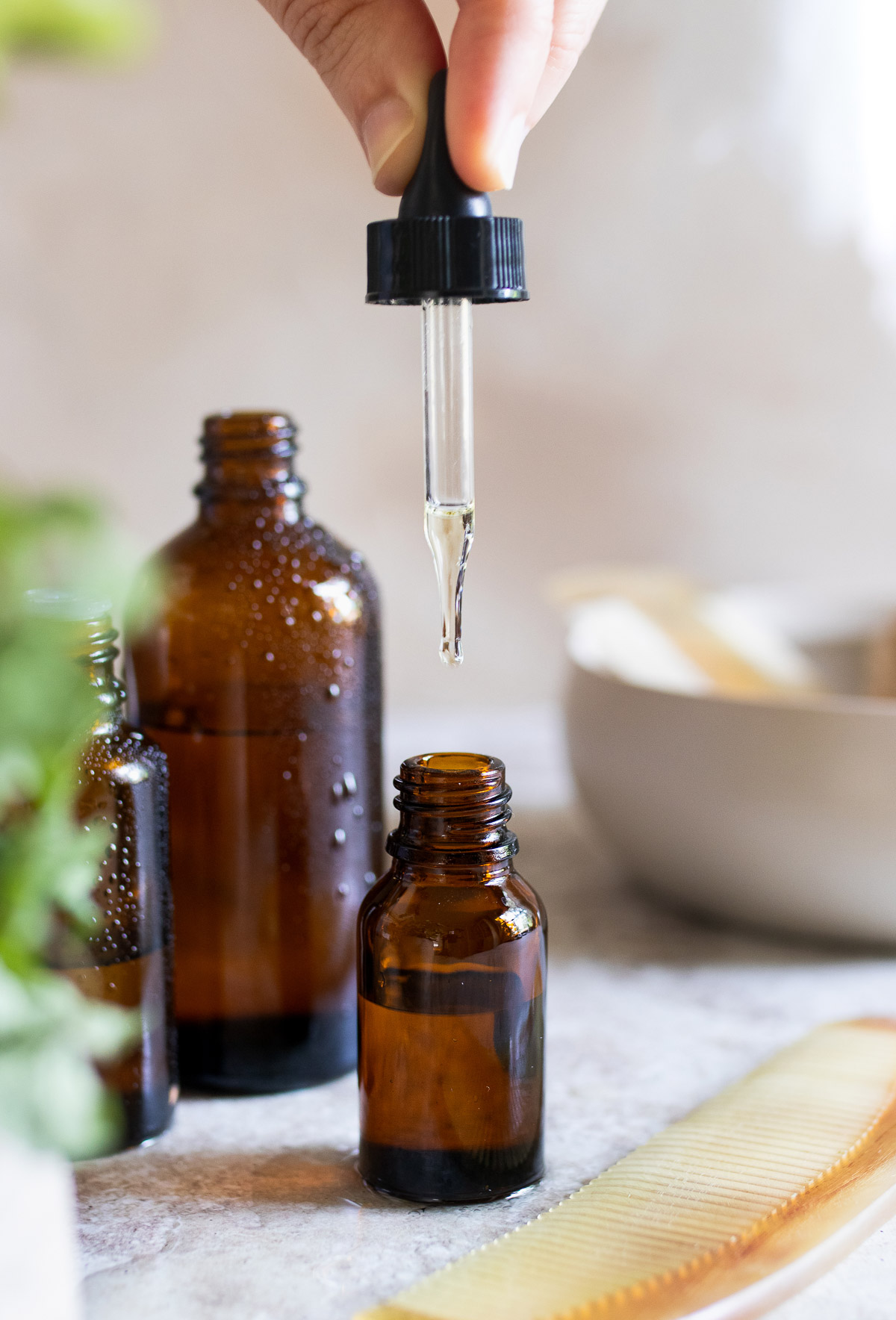
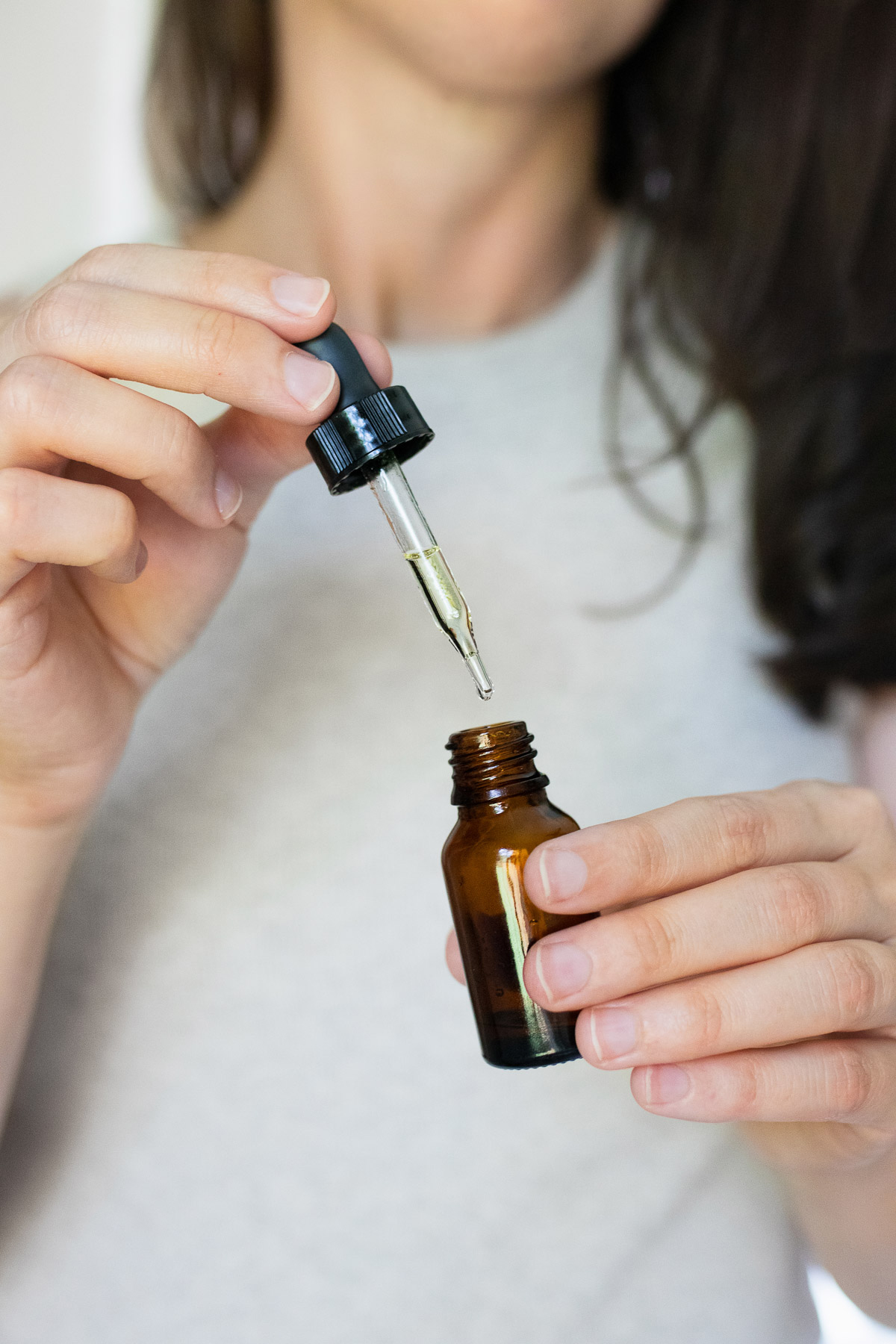
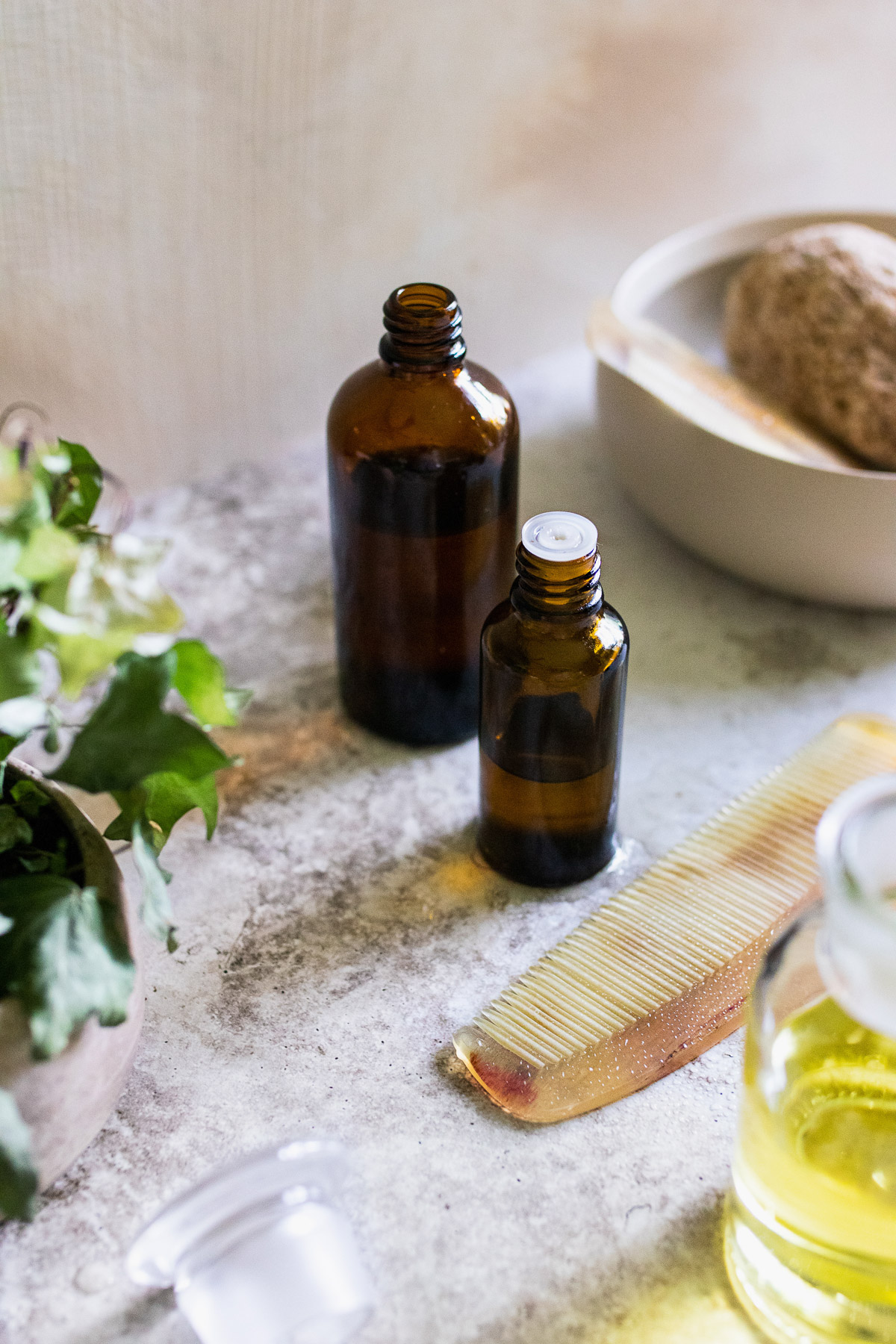
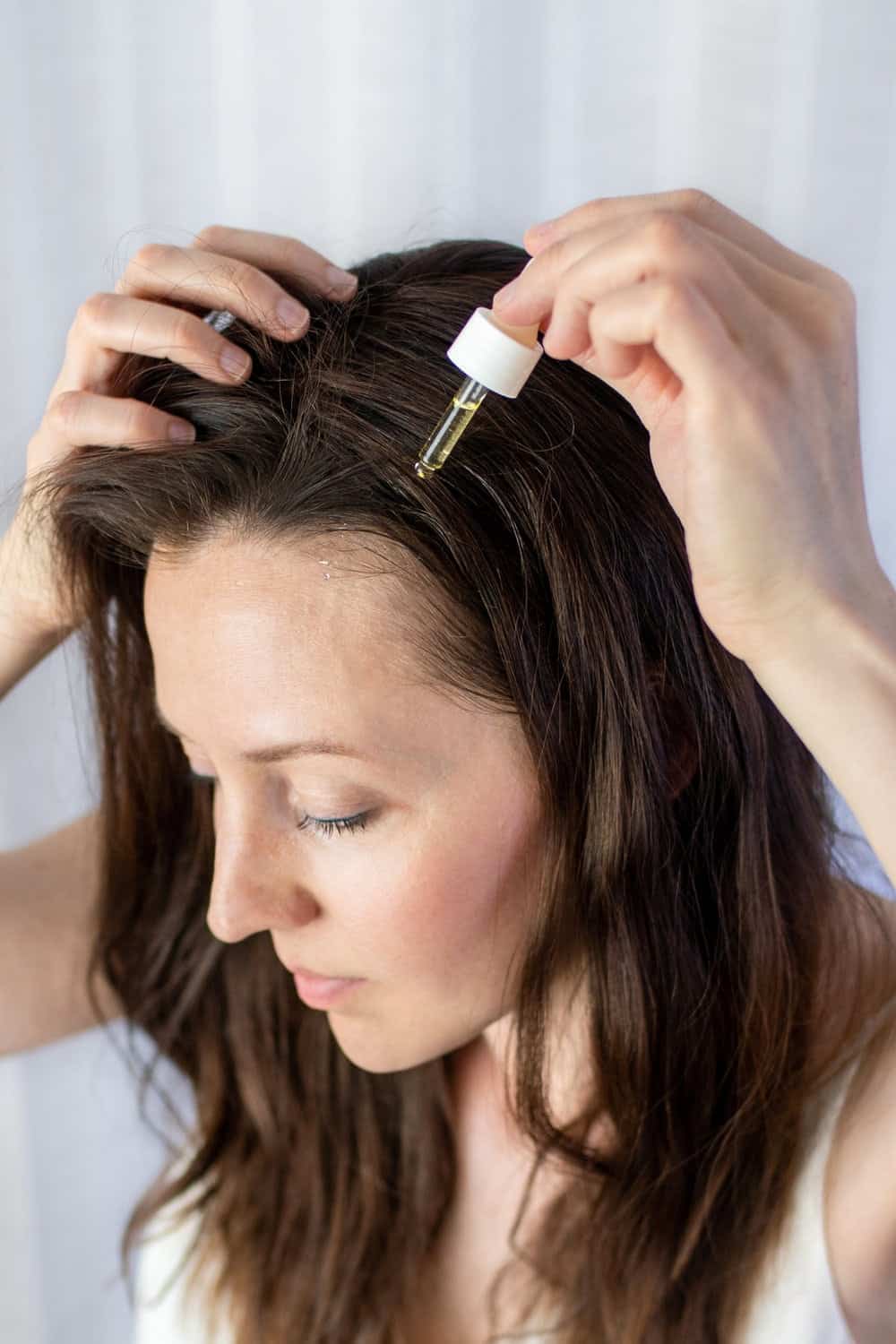

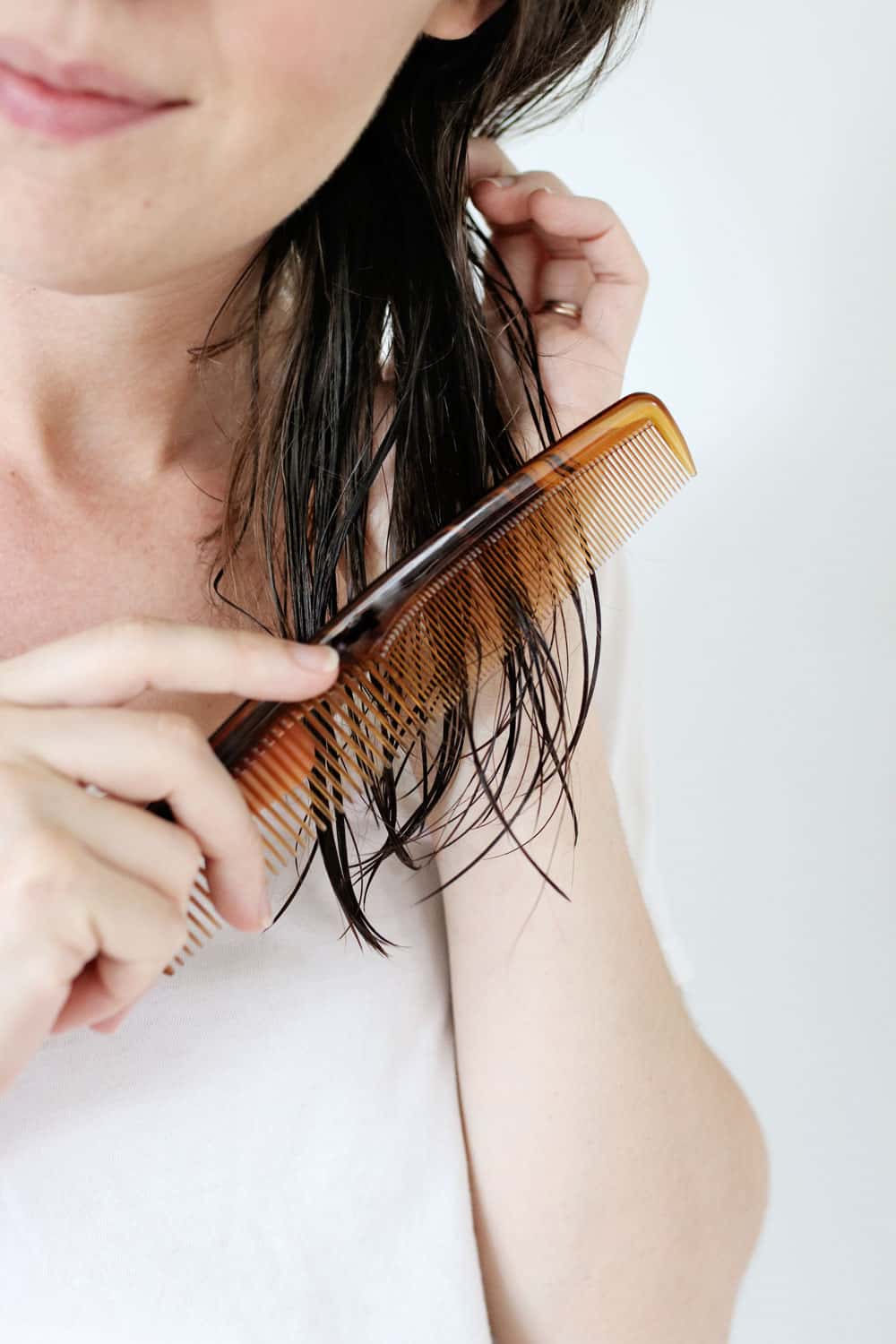
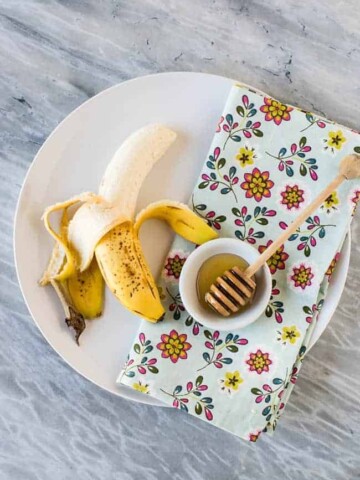


Leave a Comment